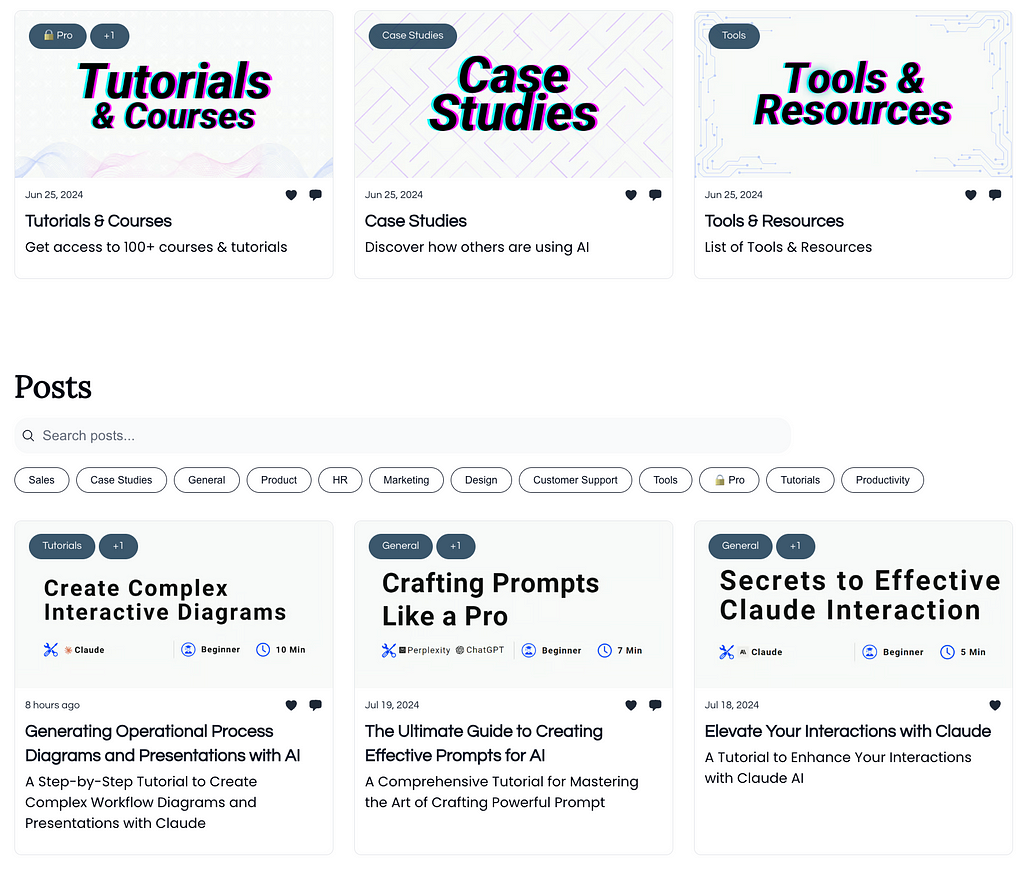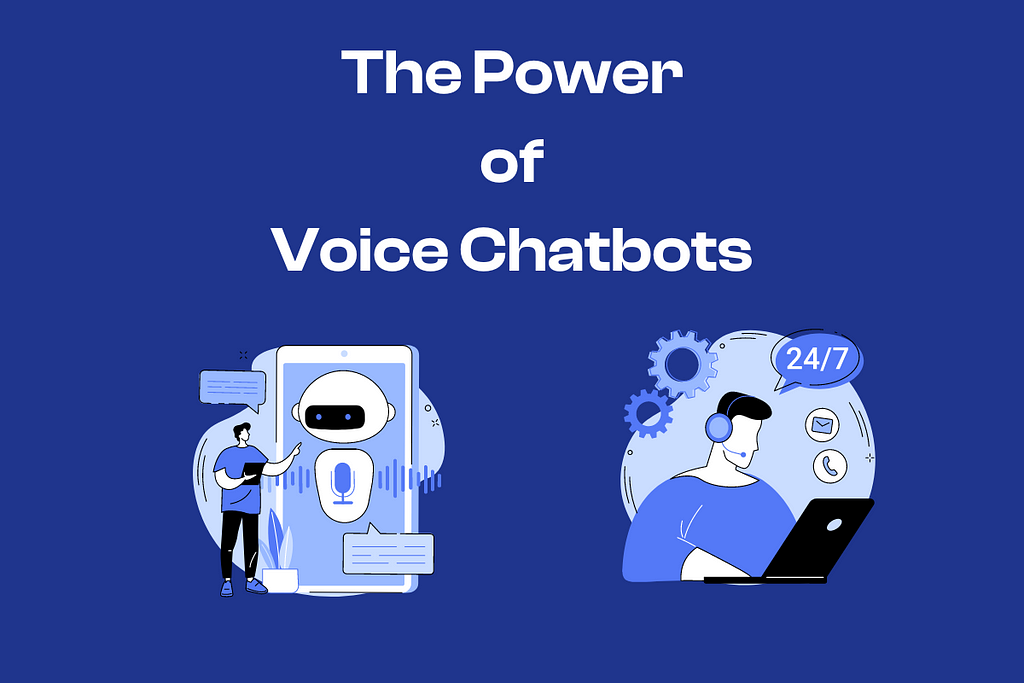Last Updated on May 18, 2023
The global healthcare chatbots market accounted for $116.9 million in 2018 and is expected to reach a whopping $345.3 million by 2026, registering a CAGR of 14.5% from 2019 to 2026.
Take a moment. Let that sink in.
Over the last couple of years, especially since the onset of the COVID-19 pandemic, the demand for chatbots in healthcare has grown exponentially.
And why not?
A couple of years back, no one could have even fathomed the extent to which chatbots could be leveraged. Such applications would be across industries, not just healthcare.
But, once the pandemic hit, the healthcare industry was utterly chaotic. As if the massive spike in patient intake and overworked health practitioners were not enough, healthcare professionals were battling with yet another critical aspect. Patient anxiety.
Patient anxiety automatically translated into a need to provide instantaneous and accurate information to patients and intelligent chatbots played a key role in managing patient queries, providing timely information, and keeping panicked patients at bay. Soon enough, organizations like WHO and CDC started adopting conversational AI-powered chatbots to provide curated information to a wide audience with ease.
It is safe to say that as we seem to reach the end of the tunnel with the COVID-19 pandemic, chatbots are here to stay, and they play an essential role when envisioning the future of healthcare.
So then this brings us to the question. How exactly are chatbots being leveraged in the healthcare industry today? What are the applications and use cases of chatbots in the healthcare industry?
Let’s dive right in.
Understanding the use cases of chatbots in the healthcare industry
1. Enhance patient engagement
Patient engagement is a tricky concept.
For the uninitiated, patient engagement simply means that the healthcare system enables patients to take basic healthcare into their own hands. It involves a constant flow of information from the practitioner’s side and from the patient’s side, it involves timely check-ins and incorporating healthy habits.
It is evident that patient engagement thrives on two-way communication.
Earlier, this involved folks calling hospitals and clinics, which was fine. But, ever since the pandemic hit, a larger number of people now understand the importance of such practices, and this means that healthcare institutions are now dealing with higher call volumes than ever before.
This is precisely where chatbots come in. Healthcare practices can equip their chatbots to take care of basic queries, collect patient information, and provide health-related information whenever needed.
Here’s an example
Livi, a conversational AI-powered chatbot implemented by UCHealth, has been helping patients pay better attention to their health. This involves timely interventions from their healthcare provider. The oday Livi is a key tool for patient engagement at UCHealth. Livi can provide patients with information specific to them, help them find their test results. use case for Livi started with something as simple as answering simple questions. T interact with their doctors through messages. She is an integral part of the patient journey at UCHealth, with a sharp focus on enabling a smooth and seamless patient experience. It could also help patients
2. Symptom assessment before in-person appointments
You are a healthcare provider. Every day, you have thousands of patients walking in with different symptoms. Your doctors are exhausted, patients are tired of waiting, and you are at the end of your tether trying to find a solution.
Now, let’s reimagine the situation with a healthcare chatbot in place.
You discover that you can implement and train a chatbot so that once a patient enters all of his symptoms. The bot can analyze them against certain parameters and provide a diagnosis and information on what to do next.
This reduces the burden on hospitals and clinics since it brings down the number of patients that come in with symptoms that are not urgent and allows practitioners to focus on patients that are in need of critical care.
Another advantage is that the chatbot has already collected all required data and symptoms before the patient’s visit. equipping doctors to go through their appointments quicker and more efficiently. Not only does this help health practitioners, but it also alerts patients in case of serious medical conditions.
Here’s an example
Symptomate is a multi-language chatbot that can assess symptoms and instruct patients about the next steps. The workflow is quite simple. You need to enter your symptoms, followed by answering some simple questions. This completes your assessment. You will receive a detailed report, complete with possible causes, options for the next steps, and suggested lab tests.
Photo by wd toro 🇲🇨 on Unsplash
3. Scheduling appointments with ease
One of the most prevalent uses of chatbots in healthcare is to book and schedule appointments.
Implementing a chatbot for appointment scheduling removes the monotony of filling out dozens of forms and eases the entire process of bookings. They can provide information on aspects like doctor availability and booking slots and match patients with the right physicians and specialists.
In addition, using chatbots for appointment scheduling reduces the need for healthcare staff to attend to these trivial tasks. By automating the entire process of booking, healthcare practices can save time and have their staff focus on more complex tasks.
4. Maintaining patient records and enabling online consultations.
AI chatbots in the healthcare sector can be leveraged to collect, store, and maintain patient data. This can be recalled whenever necessary to help healthcare practitioners keep track of patient health, and understand a patient’s medical history, prescriptions, tests ordered, and so much more.
This increases the efficiency of doctors and diagnosticians and allows them to offer high-quality care at all times.
Case in point, Navia Life Care uses an AI-enabled voice assistant for its doctors. It is HIPAA compliant and can collect and maintain patient medical records with utmost privacy and security. Doctors simply have to pull up these records with a few clicks, and they have the entire patient history mapped out in front of them.
The chatbot can collect patients’ phone numbers and even enable patients to get video consultations in cases where they cannot travel to their nearest healthcare provider. Both practitioners as well as patients, can highly benefit from this implementation.
5. Appointment reminders and other critical notifications
Chatbots can be trained to send out appointment reminders and notifications, such as medicine alerts. Advanced chatbots can also track various health parameters and alert patients in case immediate medical intervention is required. This is, again, another critical use case for chatbots in healthcare.
Here’s an example
Take Florence, a “virtual” nurse, as an example. She can remind patients to take their medicines on time, a feature that is quite useful to the elderly. She can also track your body weight, mood, and other indicators to ensure you are healthy and fit. Florence can continually learn new things and is quite helpful in telling more about a disease. It can also simply locate the nearest pharmacy or doctor.
Photo by Luis Melendez on Unsplash
Advantages of Healthcare Chatbots
Healthcare chatbots are transforming modern medicine as we know it, from round-the-clock availability to bridging the gap between doctors and patients, regardless of patient volumes.
Here are some detailed advantages of healthcare chatbots:
1. Continuous availability
Since chatbots are programs, they can be accessible to patients around the clock. Patients might need help to identify symptoms, schedule critical appointments, and so on.
No matter the task, medical chatbots can help patients with the help they need.
2. Instant access to critical information
Time is an essential factor in any medical emergency or healthcare situation. This is where chatbots can provide instant information when every second counts. When a patient checks into a hospital with a time-sensitive ailment, the chatbot can offer information about the relevant doctor, the medical condition and history, and so on.
3. Data collection through patient engagement
As medical chatbots interact with patients regularly on websites or applications it can pick up a significant amount of user preferences. Such patient preferences can help the chatbot and in turn, the hospital staff personalize patient interactions. Through patient preferences, the hospital staff can engage their patients with empathy and build a rapport that will help in the long run.
4. Handling high patient volumes with ease
Chatbots in healthcare are not bound by patient volumes and can attend to multiple patients simultaneously without compromising efficiency or interaction quality. Such scalability is a must for large hospitals and medical institutions.
Identifying healthcare services
Several healthcare practices, such as clinics and diagnostic laboratories, have incorporated chatbots into their patient journey touchpoints. Such chatbots provide information about the nearest health checkup centers, health screening packages, and their guidelines. There’s also an interpretation of test results and so much more.
It allows information to be disseminated quickly, effectively, and at reduced costs.
Minmed, a multifaceted healthcare group, uses a chatbot on its website that offers comprehensive information on several health screening packages, COVID-19 detection tests, clinic locations, operating hours, and so much more.
The chatbot offers website visitors several options with clear guidelines on preparing for tests such as non-fasting and fasting health checkups, how to prepare for them, what to expect with results, and more.
And what’s even more interesting is that the chatbot has extensive information on fitness classes and virtual workouts offered by Minmed. You can even book your workouts through the chatbot!
Conclusion
Clearly, there are several use cases for chatbots in healthcare. When envisioning the future, automation, and conversational AI-powered chatbots definitely pave the way for seamless healthcare assistance.
But, despite the many benefits of chatbots in healthcare, several organizations are still hesitant to incorporate bots. This attitude is present towards automation as well. This situation arises because chatbots are prone to errors and can sometimes be difficult to implement. It is especially true for non-developers who need to gain the skill or knowledge to code to their requirements.
However, today’s state-of-the-art technology enables us to overcome these challenges. Not only can these chatbots manage appointments, send out reminders, and offer around-the-clock support, but they pay close attention to the safety, security, and privacy of their users.
For more on chatbots
If you are interested in knowing how chatbots work, read our articles on What are Chatbot, How to make chatbot and natural language processing.
Originally published at https://www.kommunicate.io on April 8, 2022.
Top 5 Healthcare Chatbot Uses Cases & Examples was originally published in Chatbots Life on Medium, where people are continuing the conversation by highlighting and responding to this story.




